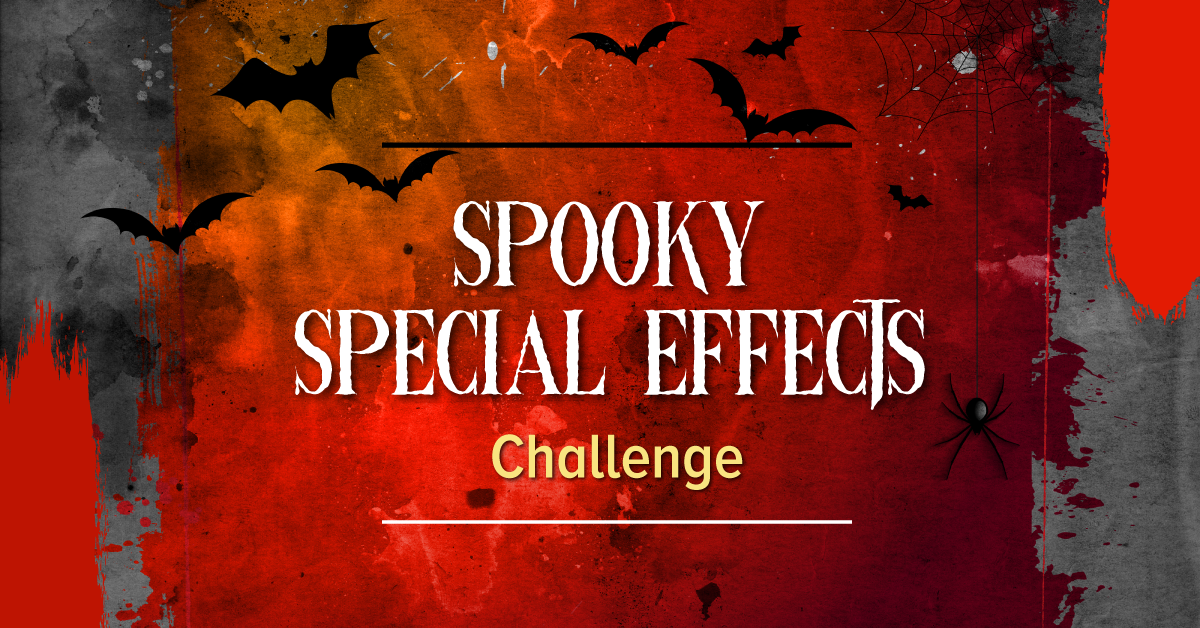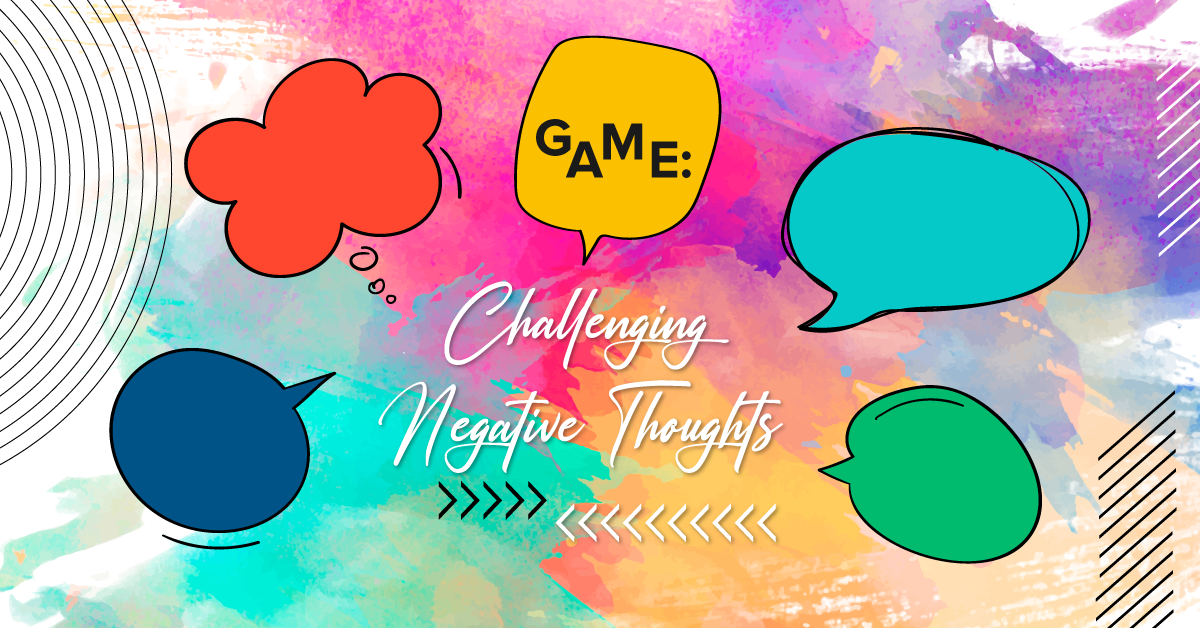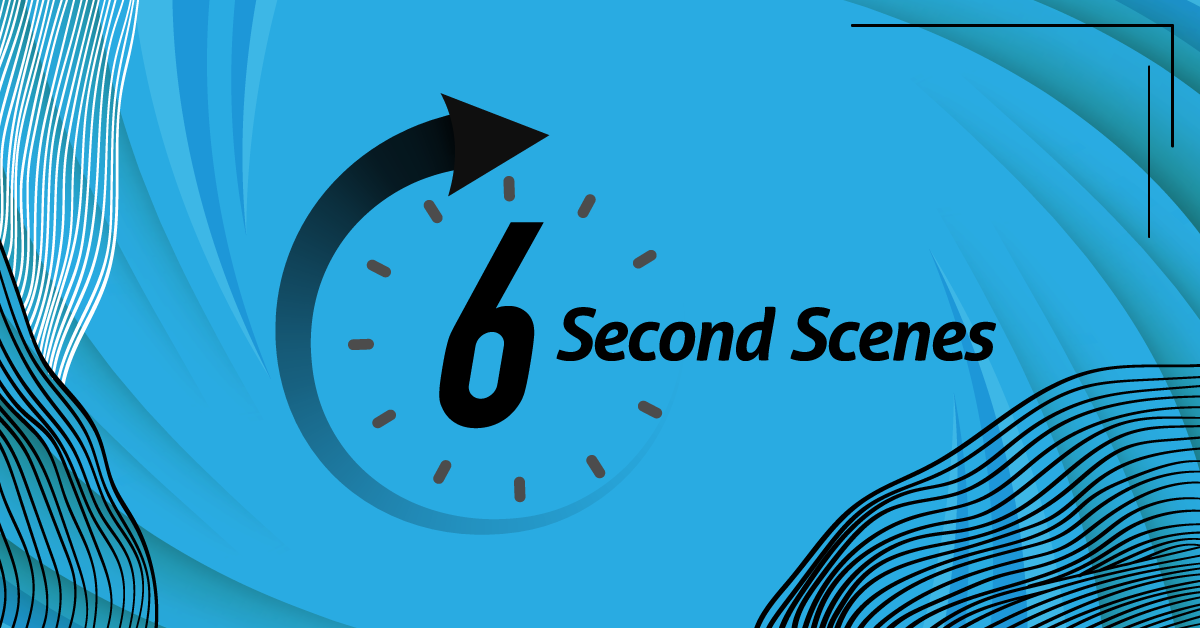Agatha Rex by Lindsay Price is a bold high school take on Antigone - packed with heart, conflict, and a powerhouse ensemble. One girl. One stand. One huge risk. *NEW COMPETITION VERSION AVAILABLE!*
Spooky Special Effects Challenge
Live special effects are exciting! They create memorable moments onstage that audience members will talk about long afterwards. But how is this theatre magic created? What elements go into bringing special effects to life onstage? Let’s have your students give it a go. And of course, since it’s fall, we’re going to add a scary element to this challenge.
This exercise can be written, practical, or both. Students will first design their special effect, describing in detail how they would create the effect and what they would need to make it happen. If your resources allow, students will then build their special effect and present it for the rest of the class. Which student will creep out their classmates the most? Let’s find out!
Instructions:
1. Compile a collection of shows and scenes that feature a spooky special effect. This might include written scenes in established plays or video clips of theatrical productions. You can also brainstorm with your students about scary onstage moments they’ve seen or would like to see brought to life. You could even incorporate student-written scenes into this exercise. Here are some ideas to get you started:
- A witch's bubbling cauldron
- Ichabod Crane being pursued by the Headless Horseman, both on horseback
- Beheading or dismembering a victim (this can be comedic as well, like in Monty Python’s Spamalot)
- Dr. Jekyll transforming into Mr. Hyde
- A witch or wizard casting a spell
- Turning a human into a zombie (like in Evil Dead: The Musical)
- Bringing Frankenstein’s monster to life on an electric table
- Pushing a character into a coffin
- Tossing a character through a window
- Dumping pig’s blood on an innocent victim (like in Carrie: The Musical)
- Characters discovering and walking through a secret passage
- A jumpscare
2. Decide whether you would like students to work individually, in pairs, or in small groups. Have each student/group select a special effect to work on.
3. Next, students will figure out how they might bring their scary moment to life onstage. There are many components that go into making a special effect happen in live theatre. Think about lighting, makeup, creative movement and choreography, angling the action onstage a certain way (to hide things, magician-style), stage combat, sound effects, makeup, projections, special props, and so on. Each special effect for this challenge should include at least three different components mentioned above to bring it to life onstage.
Special effects can be simple or elaborate. For example, a witch’s bubbling cauldron might involve putting a flashlight covered with coloured gels or tissue paper inside the cauldron so it glows, as well as a dry ice machine or bubble machine to create smoke or bubbles (or both!), with a sound effect of liquids bubbling and boiling playing over the sound system. If they don’t have a bubble machine, a student could sit behind the cauldron and blow bubbles with a bubble wand. If they don’t have a flashlight handy, a student could use the flashlight on their phone.
For the moment where Dr. Jekyll becomes Mr. Hyde, the director may instruct the actor to writhe, bend, and vocalise in a dramatic fashion. (Depending on their directorial abilities, would students want to employ a choreographer or movement coach or choreograph it themselves?) Combine that with a haunting underscoring song, dramatic lighting, or possibly a tearaway costume piece (perhaps Jekyll’s jacket gets torn away with snaps or Velcro to reveal a brand-new coat in a different colour?) and they’ve got an exciting stage magic moment.
4. Students will create a write-up describing exactly how they would create their scary special effect, what technical elements they would need, and the approximate cost of materials. Let’s say students want to purchase a life-sized mannequin to chop the head off of. They’d need to search online to find out how much a mannequin would cost to purchase — a rental company wouldn’t likely rent them an item that they’re going to take apart. Students will need to think of any potential hidden costs, such as having to launder a stage bloody costume night after night.
Students also should consider possible safety concerns with their chosen special effect. For example, if students choose to use buckets of stage blood in the scene from Carrie: The Musical, how will the blood be contained onstage? How will they prevent actors from slipping and falling in the liquid? How will they keep the stage clean in between scenes/shows? Will they wash Carrie’s prom dress every night (in between shows) or have a series of backup dresses? Which is more expensive: the materials used to make the dress or the cost of laundering a prom dress night after night? These potential safety concerns and additional notes should be included in the students’ write-up.
Students may wish to incorporate a sketch or computer rendering of the special effect in addition to their write-up, if they feel it’s useful.
For a greater challenge, have students come up with two designs: a low/no-cost version and a dream version with an unlimited budget.
5. Written work reflection question: How could your special effect help a (theoretical) project that you/your class/a neighbouring school is doing with this show or scene? Students should submit their completed reflections with the written work.
6. If you have the time and resources, the second part of the challenge is to bring the design to life onstage. Students will gather the materials they need, assemble the elements, rehearse the moment, and present it to the class. You can choose whether to have students complete this part of the process in class or assign it as homework.
7. For the practical portion, students will answer the following questions:
- What was the easiest part of the practical portion? What was the most challenging? Why?
- What changes or modifications, if any, did you have to make to your original design?
- If your special effect was included in a show, what considerations would you need to address before, during, and after the special effect was used in the show? (For example, if you needed to bring a coffin on and offstage, would you have actors or stagehands carry it onstage, or would you put casters on the bottom so it could be rolled on and offstage?)



